b. September 21st, 1948 in Chicago (Illinois)
d. August 26th, 1992 in Chicago (Illinois)
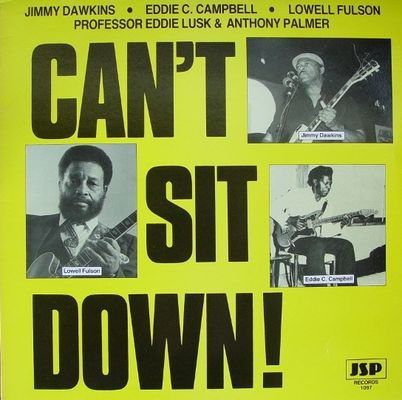
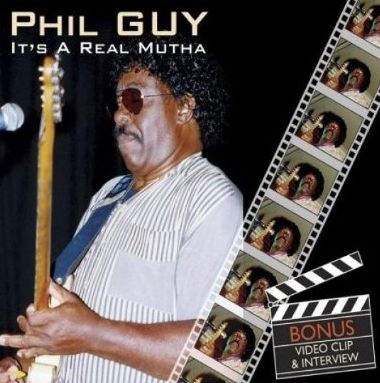
CAN'T SIT DOWN
JSP
IT'S A REAL MUTHA
JSP
1985
Né de parents pentecôtistes dans le South Side de Chicago, Eddie commence à jouer des claviers à l'église. A l'adolescence, il partage son temps entre la religion et le blues. Son surnom de "Professor" (courant pour les pianistes) lui est donné par le célèbre Professor Longhair. Eddie passe trois années avec Luther Allison puis - dès le début des années 80 - joue derrière Phil Guy ("The red hot blues", "Tough guy", "It's a real mutha"), Buddy Guy ("Breaking out"), Syl Johnson ("Ms Fine Brown fame"), Jimmy Dawkins ("Feel the blues", "All the blues"), Koko Taylor ("Queen of the blues"). En 1986, Eddie a même l'occasion d'aller se produire au festival de Montreux avec Otis Rush ("Live at Montreux"). Dans le même temps, il forme son propre groupe - Professor's Blues Review - avec la chanteuse Gloria Hardiman. Dans l'anthologie "Can't sit down", on trouve son premier morceau enregistré en tant que leader. Il s'agit du sympathique instrumental "Professor's boogie" gravé en compagnie du guitariste Anthony Palmer. Ce titre fut capté lors d'une séance organisée pour l'enregistrement de "It's a real mutha" de Phil Guy.
Born in a Pentecostal family in the South Side of Chicago, Eddie started playing keyboards in church. As a teenager, he divides his time between religion and blues. His nickname "Professor" (common for pianists) is given by the famous Professor Longhair. Eddie spent three years with Luther Allison then - since the early 80's - playing behind Phil Guy ("The red hot blues", "Tough guy", "It's a real mutha"), Buddy Guy ("Breaking out"), Syl Johnson ("Ms Fine Brown fame"), Jimmy Dawkins ("Feel the blues", "All the blues"), Koko Taylor ("Queen of the blues"). In 1986, Eddie even get the opportunity to go perform at Montreux festival with Otis Rush ("Live at Montreux"). At the same time, he formed his own band - Professor's Blues Review - with singer Gloria Hardiman. In this anthology "Can't sit down", we can find his first track recorded as a leader. This is the nice instrumental "Professor's boogie" cut alongside guitarist Anthony Palmer. This title was captured during a session organized for the recording of Phil Guy's "It's a real mutha".
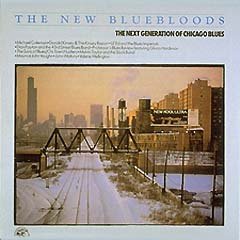
THE NEW BLUEBLOODS
Alligator
1987
Supervisée par Bruce Iglauer, cette anthologie dressait un panorama des nouveaux talents du Chicago Blues. Le Professor Eddie Lusk et sa chanteuse Gloria Hardiman y participent en interprétant "Meet me with your black drawers on".
Supervised by Bruce Iglauer, this anthology offered an overview of Chicago Blues new talents. The Professor Eddie Lusk and singer Gloria Hardiman are involved and interpret "Meet me with your black drawers on".
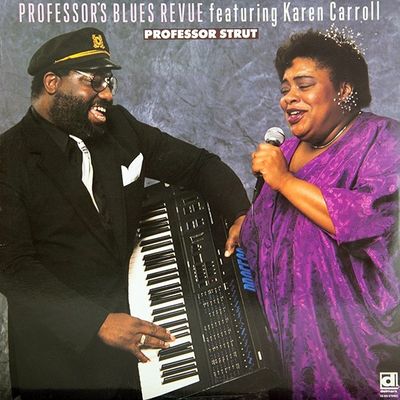
PROFESSOR STRUT
Delmark
1989
Le claviériste Eddie Lusk livre ici son premier album complet pour le label Delmark. A noter qu'Eddie chante peu sur son album laissant la plupart des parties vocales à Karen Carroll (qui remplace Gloria Hardiman dans le groupe). Plusieurs bons moments sont à noter : "Professor strut" est un bon instrumental, "Everything is you" un morceau jazzy chanté par Karen. D'autres sont nettement moins convaincants. Globalement, un album relativement correct et plutôt varié.
Keyboardist Eddie Lusk delivers here his first full album for Delmark label. Note that Eddie sings little on his album leaving most of singing parts to Karen Carroll (replacing Gloria Hardiman in his band). Several good moments to note : "Professor strut" is a good instrumental, "Everything is you" a nice jazzy song sung by Karen. Others are much less convincing. Overall a relatively decent album.
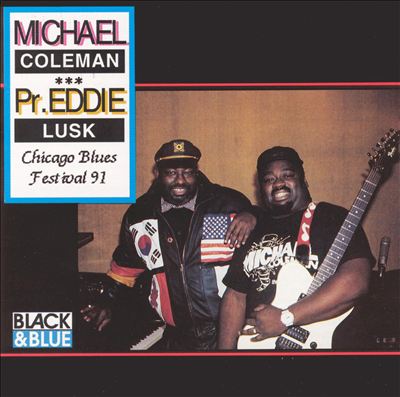
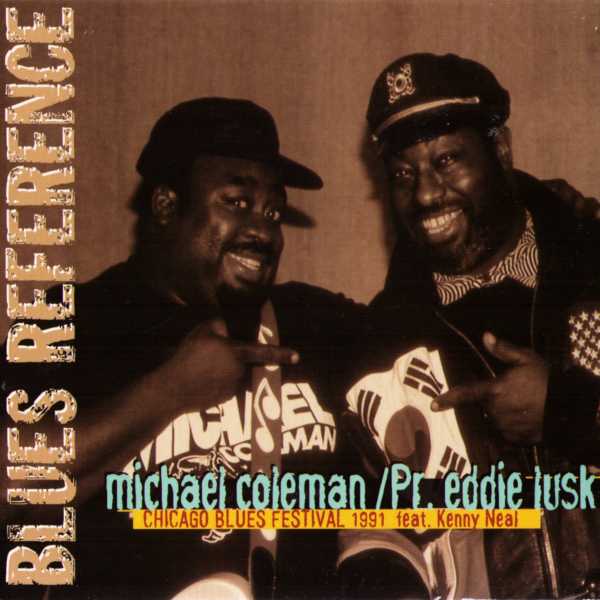
CHICAGO BLUES FESTIVAL '91
Black & Blue
December 1991
Eddie Lusk avait déjà travaillé avec Michael Coleman sur son album "Back breaking blues" en 1990. La collaboration avait été profitable et les deux hommes furent à nouveau associés lors de cette tournée française (Chicago Blues Festival) avec l'apport des frères Kenny & Darnell Neal. Le groupe est parfaitement compact et sonne impeccablement. Professor Eddie Lusk est meilleur chanteur que Michael Coleman ("I'm a blues piano man" et "Lottery blues" sont d'ailleurs d'excellents morceaux). Mais, Coleman s'impose comme un superbe guitariste subtil et percutant tout au long du disque. En 1991, Eddie participe à "Kant sheck dees bluze" de Jimmy Dawkins. A l'été 1992, on lui diagnostique un cancer du colon contracté des suites du Sida. Désespéré, il se suicide, âgé seulement de 43 ans.
Eddie Lusk had worked with Michael Coleman on his "Back breaking blues" album in 1990. The collaboration was profitable and the two men were again partnered during this french tour (Chicago Blues Festival) with support from brothers Kenny & Darnell Neal. The group is perfectly compact and sounds impeccably. Professor Eddie Lusk is a better singer than Michael Coleman ("I'm a blues piano man" and "Lottery blues" are also excellent tracks). But Coleman stands out as a great, subtle and powerful guitarist throughout the disc. In 1991, Eddie participated in Jimmy Dawkins' "Kant sheck dees bluze". In the summer of 1992, he was diagnosed with colon cancer contracted in consequence of Aids. Desperate, he committed suicide aged only 43 years old.